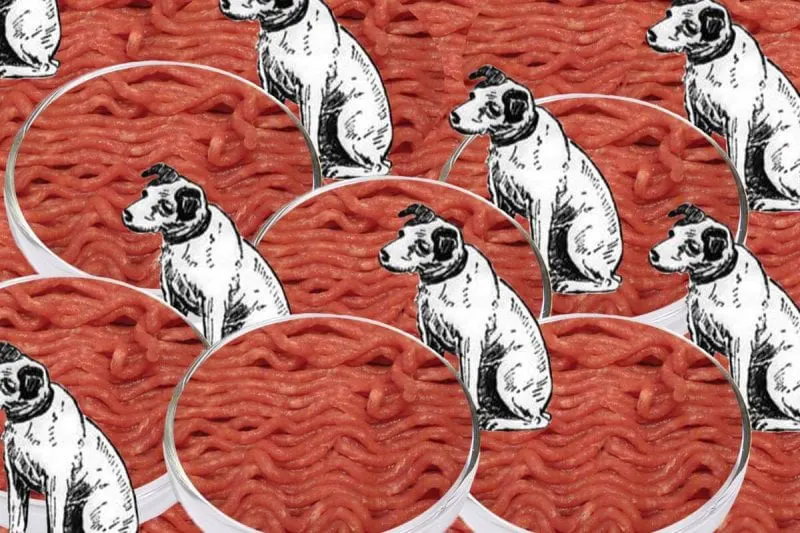‘If cats and dogs made up their own country, they would rank fifth in meat consumption.’ Cell-based meat poised to cut pet food industry’s carbon footprint
‘If cats and dogs made up their own country, they would rank fifth in meat consumption.’ Cell-based meat poised to cut pet food industry’s carbon footprint


If cats and dogs made up their own country, they would rank fifth in terms of meat consumption, according to a 2017 study published in the scientific journal PLOS One. That translates to the creation of roughly 64 tons of carbon dioxide a year.
Unlike humans, who don’t need to eat animal products to meet their dietary needs, cats need meat to survive, so it cannot be entirely removed from their food.
[Because Animals CEO Shannon] Falconer, who has a PhD in microbial chemical biology, set out to create a cell-cultured meat that could be fed to pets. The process involves taking “a small collection of cells from the [live] animal, and then never going back to the animal again,” she says.
Because Animals started by sourcing cells from mice for cat food, and rabbits for dog food, reflecting their diets in the wild. The cells are then grown in a nutrient-rich environment outside the animal. Falconer and her team feed the cells a mixture of protein, vitamins and other necessary nutrients and put them into a device called a bioreactor, which functions as a sort of womb. The cells grow, divide and eventually form into tissue, which is effectively cultured meat. It has the same nutritional value and composition as animal-based meat.
Read the original post

 | Videos | More... |

Video: Nuclear energy will destroy us? Global warming is an existential threat? Chemicals are massacring bees? Donate to the Green Industrial Complex!
 | Bees & Pollinators | More... |

GLP podcast: Science journalism is a mess. Here’s how to fix it

Mosquito massacre: Can we safely tackle malaria with a CRISPR gene drive?

Are we facing an ‘Insect Apocalypse’ caused by ‘intensive, industrial’ farming and agricultural chemicals? The media say yes; Science says ‘no’
 | Infographics | More... |

Infographic: Global regulatory and health research agencies on whether glyphosate causes cancer
 | GMO FAQs | More... |

Why is there controversy over GMO foods but not GMO drugs?

How are GMOs labeled around the world?

How does genetic engineering differ from conventional breeding?
 | GLP Profiles | More... |

Alex Jones: Right-wing conspiracy theorist stokes fear of GMOs, pesticides to sell ‘health supplements’




 Trust issues: What happens when therapists use ChatGPT?
Trust issues: What happens when therapists use ChatGPT? Fighting deforestation with CO2: Biotechnology breakthrough creates sustainable palm oil alternative for cosmetics
Fighting deforestation with CO2: Biotechnology breakthrough creates sustainable palm oil alternative for cosmetics Viewpoint: Video — Big Solar is gobbling up productive agricultural land and hurting farmers yet providing little energy or sustainabilty gains
Viewpoint: Video — Big Solar is gobbling up productive agricultural land and hurting farmers yet providing little energy or sustainabilty gains Viewpoint — Fact checking MAHA mythmakers: How wellness influencers and RFK, Jr. undermine American science and health
Viewpoint — Fact checking MAHA mythmakers: How wellness influencers and RFK, Jr. undermine American science and health California, Washington, Oregon forge immunization alliance to safeguard vaccine access against federal undermining
California, Washington, Oregon forge immunization alliance to safeguard vaccine access against federal undermining 30-year-old tomato line shows genetic resistance to devastating virus
30-year-old tomato line shows genetic resistance to devastating virus The free-range chicken dilemma: Better for birds, but with substantial costs
The free-range chicken dilemma: Better for birds, but with substantial costs ‘You have to treat the brain first’: Rethinking chronic pain with Sanjay Gupta
‘You have to treat the brain first’: Rethinking chronic pain with Sanjay Gupta
